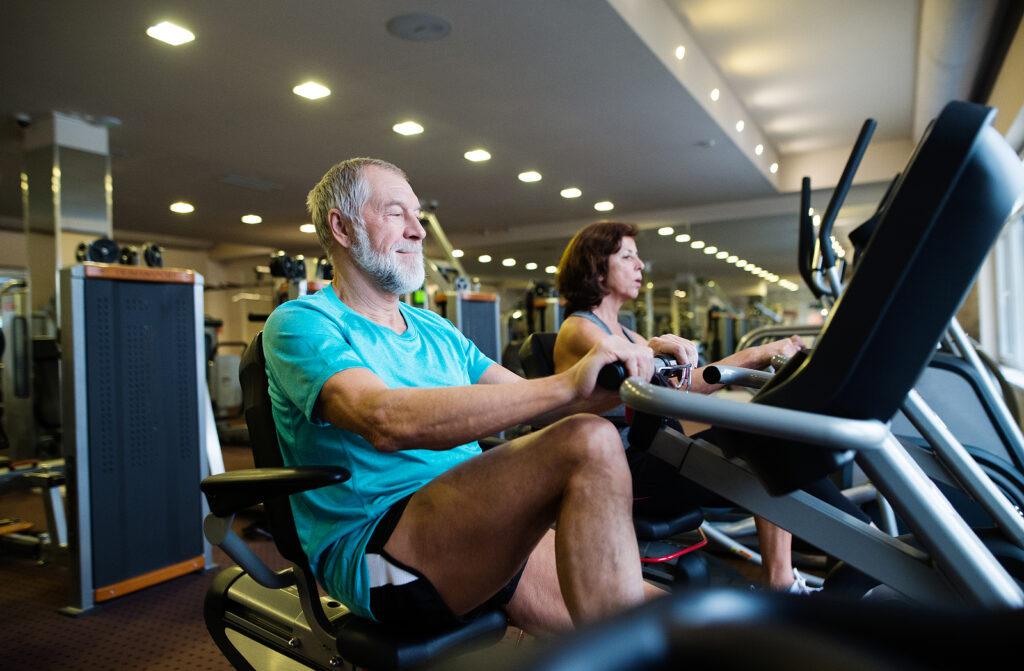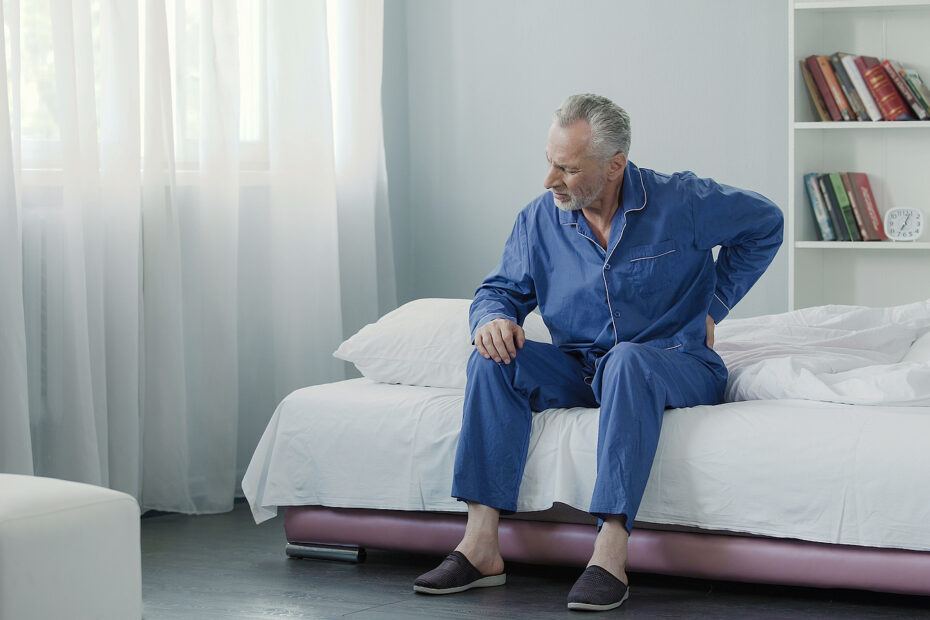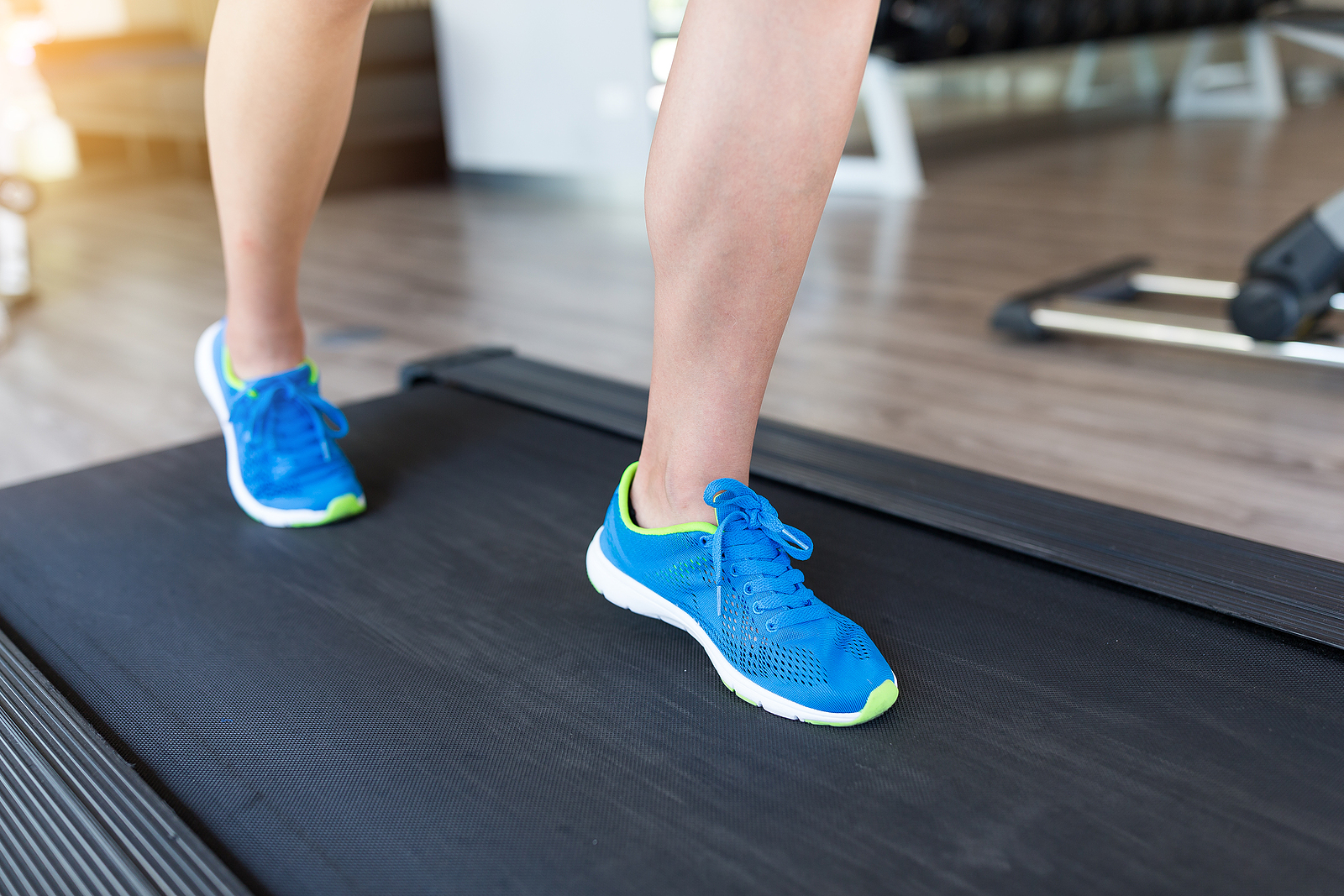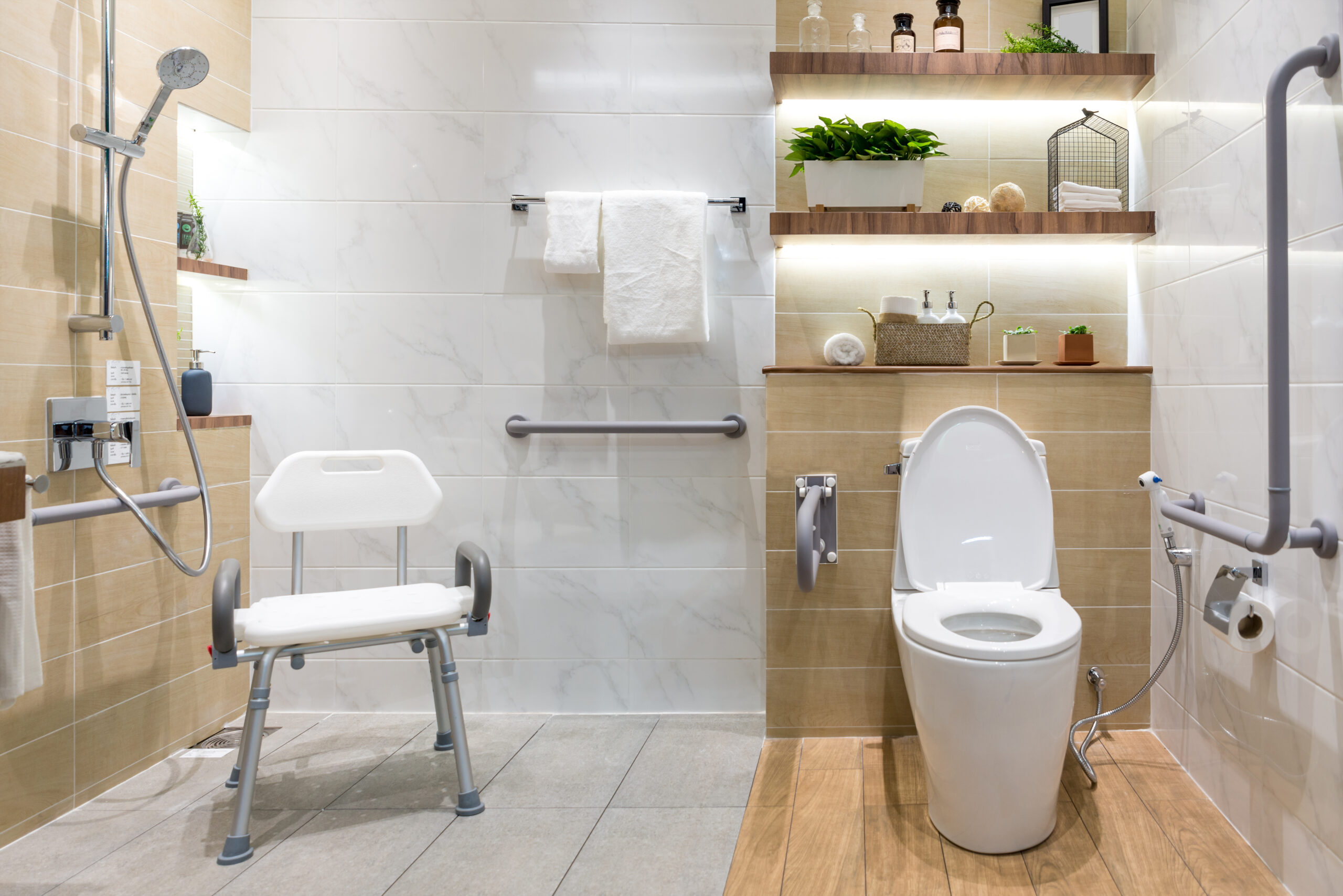When people hear the word ergonomics, they often think of office chairs and desk setups, but ergonomics is far more than workplace jargon.
It’s really about designing spaces, tools, and routines that align with human abilities – especially as those abilities change with age.
For seniors, ergonomics plays a critical role in daily living.
As we age, natural changes such as reduced mobility, diminished strength, joint stiffness, and slower reflexes can make even simple tasks more difficult.
This is where ergonomic design becomes not just helpful, but essential.
By adapting the environment to meet seniors’ evolving needs, proper ergonomics supports independence and overall quality of life.
Why Ergonomics Matters for Seniors (and Their Families)
An ergonomic lifestyle isn’t just about physical comfort, it’s about promoting ease of movement and preventing unnecessary strain or injury.
When living spaces and daily tools are adapted to suit seniors’ capabilities, it helps:
- Prevent falls and injuries
- Ease discomfort from arthritis or chronic pain
- Encourage continued activity and independence
- Promote mental well-being and reduce stress
Thoughtful ergonomic adjustments, whether at home, in daily routines, or during exercise, can help seniors live fuller, more enjoyable lives.
But probably most importantly, it can make all the difference in the world when it comes to seniors maintaining their independence longer.
Ergonomic Home Adjustments for Seniors
Creating a safe and comfortable home environment goes beyond aesthetics and is all about function.
For seniors, practical changes can significantly reduce physical effort and enhance day-to-day living, including:
Furniture Adjustments
Start with the basics – chairs and sofas should be easy to get in and out of.
Ideally, seats should allow feet to rest flat on the floor, with thighs parallel to the ground.
Consider furniture with adjustable height, firmer cushions, or add-on leg extenders to improve stability and make getting up/down easier.
Lift chairs (recliners with power-assisted lift) have become quite popular with folks who struggle to stand from standard height chairs, as they can make getting up and down much more efficient as well.
Lift chairs can be expensive, but they can also make all the difference in the world.
[That said, as a physical therapist, I know folks can easily become dependent on the lift, letting the chair do all the work instead of using their muscles to stand – which can lead to increased leg weakness.]
When considering furniture, it’s also important to make sure said furniture is easily accessible for seniors, meaning the walking pathways to all chairs/couches are clear and wide enough for easy access.
Helpful Tools and Gadgets
Small changes can have a big impact. Look for:
- Lightweight cookware to reduce arm strain
- Easy-grip utensils for better control during meals
- Lever-style door handles that are easier to open than knobs
- Raised toilet seats or grab bars for bathroom safety
These additions can make daily tasks more manageable and reduce fatigue.
Smart Lighting
As eyesight often weakens with age, good lighting becomes crucial.
Adding task lighting in key areas like the kitchen, bedside, and reading nooks can make a big difference.
Use bright, non-glare bulbs and nightlights in hallways to improve visibility and prevent trips or falls.
Fall Prevention Tips
Speaking of which, falls are one of the leading causes of injury among older adults.
There are tons of ways to reduce fall risk, but here are a few quick ergonomic solutions that can really help:
- Using non-slip mats in the bathroom and kitchen
- Securing loose rugs or removing them entirely
- Installing handrails along stairs and in bathrooms
- Keeping floors clutter-free and pathways clear
You’d be amazed at how much these simple changes can reduce fall risk – especially the one about keeping walking pathways clear.
I work with seniors on a daily basis who regularly maneuver around cluttered homes with unnecessary obstacles blocking their pathways.
If I had to give only one piece of advice to drastically reduce fall risk, it would be to clear those pathways!

Exercising Safely: Ergonomics in Motion
Staying active is vital at any age, but for seniors, the how is just as important as the what.
Ergonomics in exercise means choosing activities and equipment that work with the body, not against it.
Start Small and Gentle
Low-impact activities like walking, stretching, or water aerobics can improve strength, balance, and flexibility with minimal strain.
These exercises are ideal for those with joint pain or limited mobility.
Use Ergonomic Equipment
From resistance bands with padded grips to stability balls and pedal exercisers, ergonomic workout gear is designed to provide support and comfort.
When considering senior-friendly workout equipment, look for features like:
- Soft handles
- Adjustable resistance
- Non-slip surfaces
- Lightweight materials
- Ease of access
There are also plenty of low-impact cardio machines to choose from, many of which can work great for seniors looking to exercise in the comfort of their home.
Focus on Form and Posture
Regardless of what kind of equipment you’re using, proper technique will help prevent injury.
Whether it’s lifting light weights or doing chair yoga, seniors should focus on posture and alignment.
Working with a physical therapist or trained fitness instructor can help develop a personalized, ergonomic fitness routine.
When in doubt though, start with a good upright posture and remember not to hold your breath.
And remember, pain is not a normal part of exercise – if something hurts, please stop.
Technology That Works for Seniors
Modern devices aren’t just for younger generations.
Today’s tech includes a growing range of tools designed with seniors in mind as well, offering both ergonomic design and user-friendly features.
Ergonomic Devices for Everyday Use
- Ergonomic keyboards and mice reduce wrist and hand strain, great for seniors who use computers to stay in touch.
- Tablets with voice control and phones with large buttons make communication easier and more intuitive.
Choosing the Right Tech
Look for devices that are:
- Lightweight and easy to handle
- Equipped with voice commands or touchscreens
- Customizable for visual or hearing impairments
The Mental and Emotional Side of Ergonomics
Ergonomics isn’t just about the body, it’s also about the mind.
Creating environments that are supportive and comfortable helps promote peace of mind, reduces stress, and improves emotional well-being.
A Sense of Safety and Control
When seniors feel safe and confident in their environment, they’re more likely to stay active and engaged.
And a reduced risk of accidents translates into reduced anxiety, both for seniors and their family members.
Comfort Encourages Relaxation
A well-designed space invites rest and enjoyment.
From a favorite reading chair with the perfect lighting to a bedroom free of clutter, comfort makes it easier to unwind and focus on what truly matters.
Promoting Mindfulness and Positivity
An ergonomic lifestyle can help seniors live more mindfully and be free from constant worry about physical limitations.
It’s about empowering individuals to focus on hobbies, relationships, and experiences that bring joy and fulfillment.
Final Thoughts
When we think about supporting older adults, we often focus on health care, medications, and caregiver assistance they may need.
While these are important, the everyday environment (how a person moves through their home, uses their tools, or even exercises) plays just as vital a role in their overall well-being.
Creating an ergonomic lifestyle isn’t about taking things away or making someone feel limited, it’s the opposite.
It’s all about preserving dignity and fostering independence.
It’s about helping seniors continue to do the things they love without unnecessary strain or frustration.
For family members and caregivers, implementing ergonomic principles can also bring peace of mind.
And remember, even small ergonomic adjustments can lead to big improvements.
Whether through home adjustments, safer exercise, senior-friendly tech, or emotional support, an ergonomic approach helps ensure that aging doesn’t mean giving up independence or comfort.



